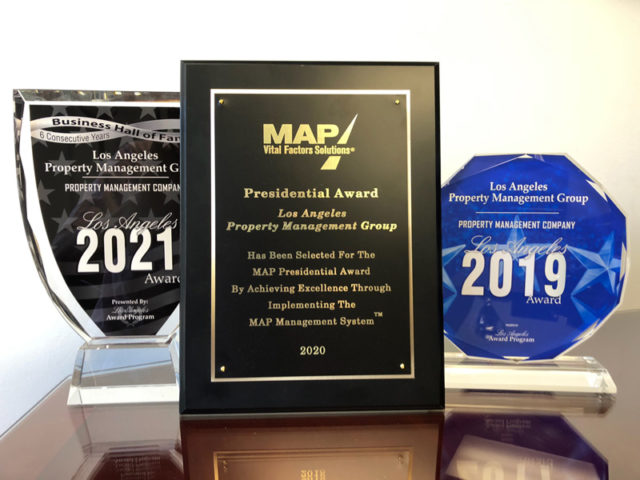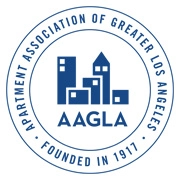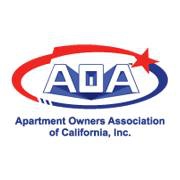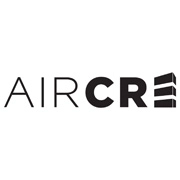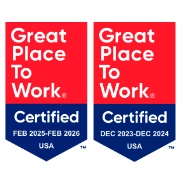Ever experienced a caved-in roof? Or, fire in the kitchen that requires total remodelling? After the first reaction of finding casualties, your main concern would be, how the hell are you going to get the repairs done! Unless you are a pro at home repairs, they can be quite expensive and most of the time, out of a landlord’s budget. For this particular reason, here are five of the best home repair loan options you can use to repair as well as keep your home in excellent condition.
Personal Loans
A personal loan is a small loan that you one can acquire through a bank or an online lender. These loans are ideal for landlords in Burbank who wish to make small repairs to their homes. The funds can be used in any way you wish. The best part about it is that the application is very simple. Furthermore, you do not have to pledge any item or belonging as collateral. Since these are small time loans, the repayment time period is usually about 5-8 years. This means you will be out of debt in no time! However, it is important to read the terms and conditions, as sometimes, the interest rate can be quite high. This can be troublesome for those landlords who have insufficient income and inadequate credit.
FHA Home Repair Loans
FHA stands for Federal Housing Administration and these loans are backed by the government. This means that lenders can offer very low interest rates, ranging from 2-5%. This would ultimately allow you, the landlord, to be able to save more. The biggest downside is that the process can take up to 3 months. So, if you have urgent repairs pending, you should seek out other types of loans. These are more appropriate for repairs that you are intending to do in the future.
FHA home repair loans can take two forms: 203k and Title I loans. The primary difference between them is the time period in which the loan is acquired. 203k loans allow the borrower to purchase the home and then immediately repair it. Title I loans have certain terms and limits that make them more appropriate for landlords who have already settled in. It is a good idea to research on your own to learn about all the terms associated before diving in.
Home Equity Loans
The home equity loan allows you, the landlord, to borrow money against the value of your home. It is based upon the difference between the market value of your home and your equity. Due to this, it is not that difficult to acquire. Home equity loans provide landlords with a relatively large amount of money. This can be quite useful for you if you need to make extensive repairs.
Home equity loans are great because the interest rate on them is quite low, especially compared to personal loans. Plus, you can acquire them even if you have bad credit. However, lenders may set minimum requirements for borrowing, which can make borrowing a little difficult. The downside is that they may leave landlords in significant amounts of debt. It is also important to mention the risk of losing your home. So, this loan is recommended for those individuals who have thoroughly evaluated their situation and are sure they can pay back the debt.
Cash-Out Refinancing
Cash-out refinancing is when a loan is taken out against the property owned. The loan is above the amount you already owe on your home. To use it, a landlord must have sufficient equity built up in their house. Basically, you are replacing your existing mortgage with a new home loan, which makes this quite risky. However, it can provide sufficient funds for both home repairs and improvements. You might ask how this is sensible? It is, because this type of loan helps with debt consolidation. If you owe money on high-interest credit cards, repayment through this loan could help you save a lot more. The saved money could easily be used for repairs or any other needs you may have. At the same time, your credit score will improve because your credit utilization ratio will decrease. On the other hand, the new mortgage can become problematic because it will have different terms than the previous one. It is very important to triple check all the fees and interest rates before getting this one.
Credit Cards
This is the simplest option available to all landlords. A credit card is basically a payment card with a specified amount of credit. A person who issues a credit card can use it to pay for a variety of things. Each use is equivalent to borrowing that amount of money. Credit cards are quite useful as they allow repayment to be done in installments. So, if you used it to pay someone for repairs, you can pay back the respective bank over a period of time. The biggest challenge is interest rates and fees can be quite expensive. Repayment could end up troubling you more than other loan options. The credit available to you and interest charged vary from bank to bank so select carefully.
Fine Print Matters
All the aforementioned home repair loan options are quite technical. Each of the above home repair loan option has its own terms and conditions along with benefits and disadvantages. When applying for any loan, it is important to understand all the technicalities before proceeding. And if you’re looking for advice, we are here to help. Just connect with your property manager and you’ll get valuable tips for affordable home repair loan options.


